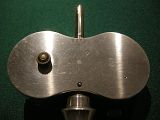
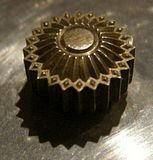
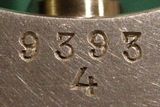
The serial number is engraved, not stamped.

The name on the box is Frederick G Goodbehere (pronounced Goodbeer?).
I found a 1919 tribute in
The Engineer, thanks to
Grace’s Guide
Although he was only 67 when he died, he’d been in engineering for 55 years, having started at 12. The course of his career suggests that the tachometer must be at least 100 years old.
The 1919 tribute:-
'Much regret is felt amongst among engineers in this district at the sudden death of Mr F. G. Goodbehere, whose whole life may be said to have been devoted to the development and improvement of cotton spinning machinery.
'Mr. Goodbehere was at business until a few hours before his death, and it is probable that his end was hastened by the large amount of work he has done in the national interests since the war commenced.
'Mr Goodbehere was born in Manchester on December 6th, 1852. He commenced his business career with his uncle, the late Samuel Brooks, when a little over twelve years of age. He became a partner in 1895 in the firm of Brooks and Doxey, makers of textile machinery, of Manchester, and managing director on its conversion into a limited company in 1898 . The latter position he retained until July, 1914, when he retired, remaining a director of the company.
'He was also chairman of the Cotton Machinery Trust. Limited, a director of Eadie Brothers and Co., and the Brooks' Ring Traveller Companv. Upon the outbreak of war in August, 1914, Mr. Goodbehere immediately put. his energy into the production of munitions by his firm, and when the Manchester and District Armaments Output Committee was formed in 1915 he was appointed vice-chairman. As the various organisations for the production of munitions were formed, he became a member of the Rochdale Board of Management, which had under its charge the Rochdale National Shell Factory. Amongst his other activities, he was chairman of the North West Area Executive Committee, on which is represented every board of management in the North West Area; representative of the North-West Area. Board of the Central Executive of Boards of Management in London; and chairman of the West Area Stores and Purchase and Efficiency Committee. He was also representative of the National War Savings Association for dealing with local munition firms. He was chairman of the Foremen's Mutual Benefit Society and a past president of the Manchester Engineering Employers' Federation, and chairman of the Engineering Section of Manchester Chamber of Commerce.'
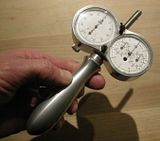
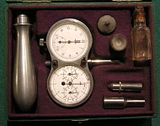
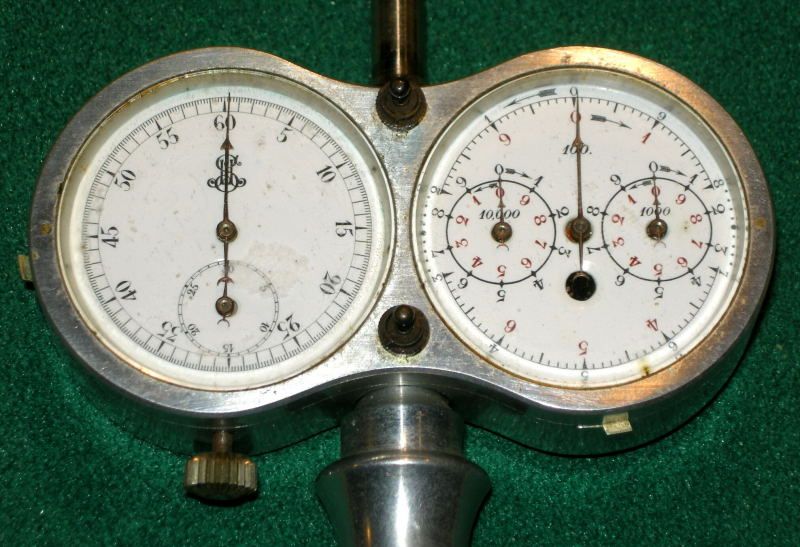
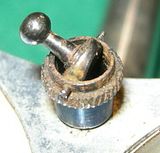
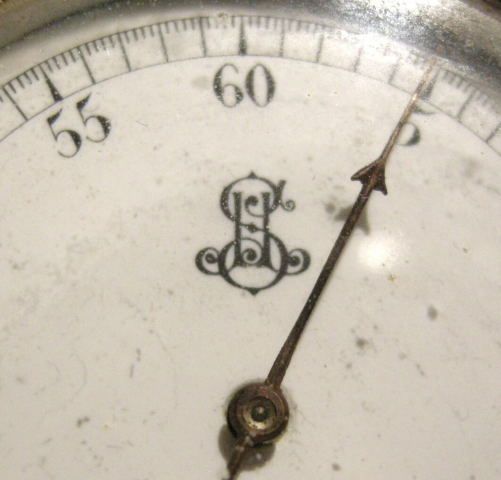






 I did wonder about the red and black 'flag' though, but even then the penny didn’t drop.
I did wonder about the red and black 'flag' though, but even then the penny didn’t drop.

